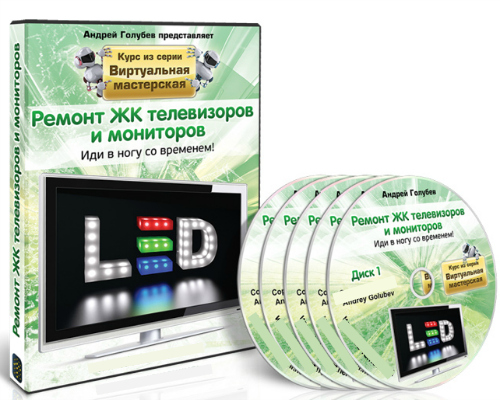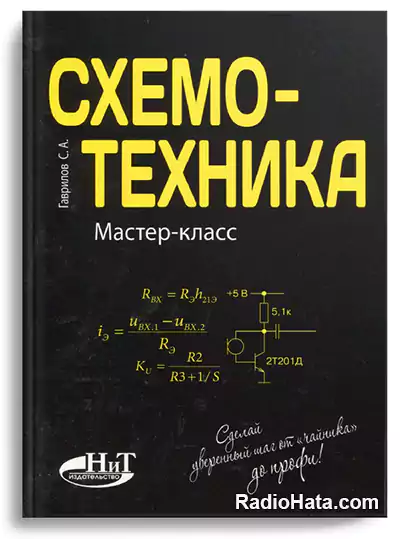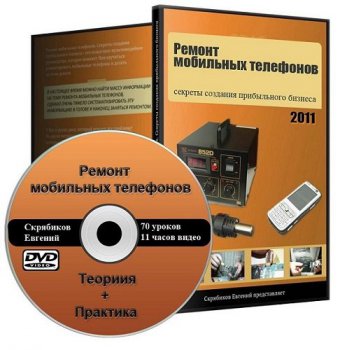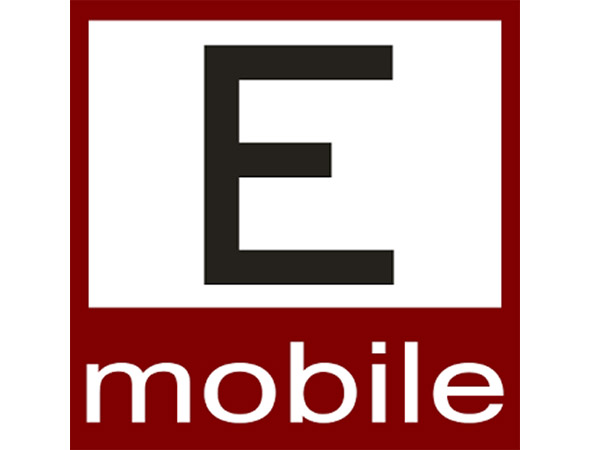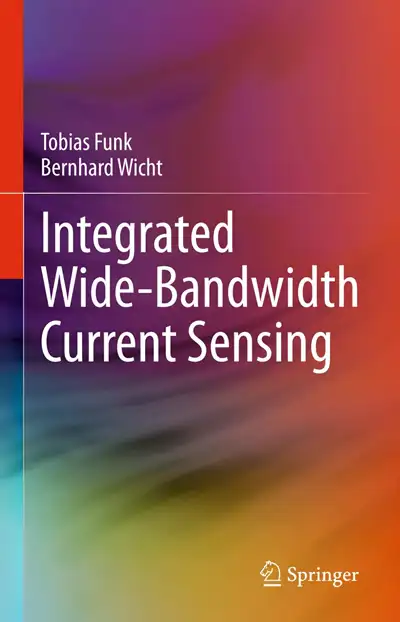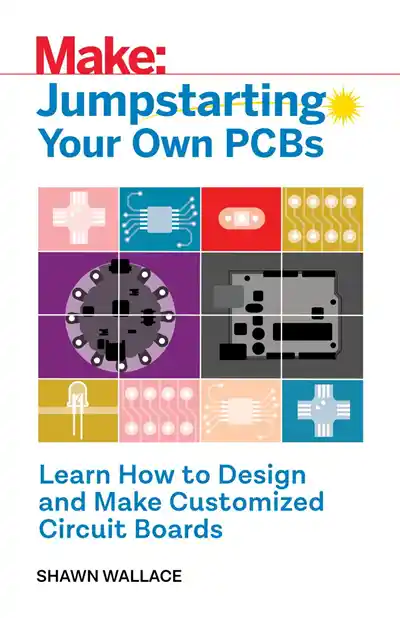Популярное
PCB Design Guide to Via and Trace Currents and Temperatures

PCB Design Guide to Via and Trace Currents and Temperatures | Douglas Brooks, Johannes Adam
English | 2021 | True PDF | 293 pages | 10 MB
Printed circuit board designers have lots of things to think about. Typically, the first is just connecting the dots. Then, how to do so on the minimum number of layers. Then, there are all the signal integrity issues to deal with.
And then, finally, how do we size the few power traces there are for carrying the required current? This latter question constitutes only a very small fraction of the total job. But it can be the most mysterious, in part because there aren’t many reliable guidelines to work from. Then, many of the guidelines that exist are incomplete, contradictory, or, even worse, flat wrong. This book is intended to cover the entire topic of the relationship between PCB trace and via current/temperature relationships.
It covers:
- The theories behind the various aspects of the topic;
- The results of simulations based on those theories;
- In several cases, summaries of experimental results based on, and confirming, the simulations.
- The results of simulations based on those theories;
- In several cases, summaries of experimental results based on, and confirming, the simulations.
A very important part of printed circuit board (PCB) design involves sizing traces and vias to carry the required current. This exciting new book will explore how hot traces and vias should be and what board, circuit, design, and environmental parameters are the most important. PCB materials (copper and dielectrics) and the role they play in the heating and cooling of traces are covered. The IPC curves found in IPC 2152, the equations that fit those curves and computer simulations that fit those curves and equations are detailed.
Download PCB Design Guide to Via and Trace Currents and Temperatures
Похожие новости
Информация
Посетители, находящиеся в группе Гости, не могут оставлять комментарии к данной публикации.
-
Зарубежные журналы
-
Радиотехнические журналы
-
Книги
